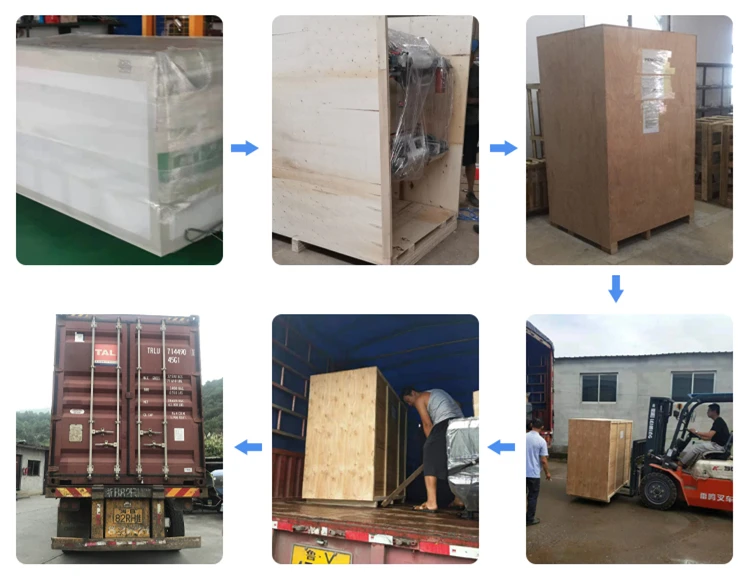cattle feed mixer machine
Nov . 11, 2024 07:30 Back to list
cattle feed mixer machine
The Importance of Cattle Feed Mixer Machines in Modern Agriculture
In the rapidly evolving world of agriculture, the efficiency and effectiveness of livestock farming have become increasingly important. Cattle farmers today face the challenge of providing balanced nutrition to their herds while managing operational costs. One significant advancement that has eased this burden is the adoption of cattle feed mixer machines. These machines play a crucial role in ensuring that cattle receive the optimal nutrition necessary for growth, health, and overall productivity.
Understanding Cattle Feed Mixer Machines
Cattle feed mixer machines are specialized equipment designed to combine various feed ingredients, ensuring a uniform mixture that meets the nutritional needs of cattle. These machines can handle multiple feed types, including grains, hay, silage, minerals, and nutritional supplements. By mixing these ingredients, farmers can create custom feed rations tailored to the specific requirements of their livestock, taking into account factors such as age, weight, and production stage.
There are different types of cattle feed mixers available in the market, including vertical mixers, horizontal mixers, and mobile mixers. Vertical mixers are known for their efficiency in incorporating both dry and wet feed, while horizontal mixers excel in generating a homogeneous blend of feed. Mobile mixers offer the convenience of mixing feed on-site, reducing transportation costs and ensuring freshness.
Benefits of Using Cattle Feed Mixer Machines
1. Improved Feed Efficiency One of the primary advantages of using a cattle feed mixer machine is the improvement in feed efficiency. A well-mixed feed ensures that cattle receive a balanced diet, which can lead to better growth rates, increased milk production, and lower feed waste. When feed components are evenly distributed, cattle can more effectively digest and absorb nutrients.
cattle feed mixer machine

2. Cost-Effectiveness While the initial investment in a cattle feed mixer machine may be significant, it can lead to long-term savings. By optimizing feed rations and reducing waste, farmers can lower their overall feed costs. Furthermore, the ability to utilize by-products and cheaper feed ingredients allows farmers to create nutritious feed without breaking the bank.
3. Time-Saving The use of a feed mixer machine can significantly reduce the time spent mixing feed manually. This time-saving device allows farmers to focus on other essential tasks, such as managing livestock health and farm operations. Automation in the feeding process can also enhance labor efficiency, allowing farmworkers to dedicate their efforts to more critical aspects of the operation.
4. Enhanced Biosecurity Cattle feed mixer machines can contribute to improved biosecurity on farms. By reducing the need for manual mixing, the risk of contaminating feed with pathogens is minimized. Additionally, having a dedicated machine for feed preparation can help keep equipment and work areas more organized and hygienic, ultimately contributing to the overall health of the herd.
5. Customization of Feed Rations Every herd is unique, and the nutritional needs can vary greatly from one group of cattle to another. Cattle feed mixer machines allow farmers to customize feed rations based on specific requirements. Whether it's for lactating cows or growing heifers, personalized feeding programs can lead to better health outcomes and productivity.
Conclusion
In conclusion, cattle feed mixer machines are indispensable tools in modern livestock farming. They optimize feed efficiency, reduce costs, save time, enhance biosecurity, and allow for customized feeding strategies. As the agricultural industry continues to embrace technology and innovation, the role of these machines in cattle farming will only grow in significance. Farmers looking to improve their operations should consider investing in a cattle feed mixer machine as a means to boost productivity and ensure the health and well-being of their cattle. By leveraging such technology, the livestock industry can meet the demands of an ever-growing population while maintaining sustainability and profitability.
-
Hot Sale 24 & 18 Door Rabbit Cages - Premium Breeding Solutions
NewsJul.25,2025
-
Automatic Feeding Line System Pan Feeder Nipple Drinker - Anping County Yize Metal Products Co., Ltd.
NewsJul.21,2025
-
Automatic Feeding Line System Pan Feeder Nipple Drinker - Anping County Yize Metal Products Co., Ltd.
NewsJul.21,2025
-
Automatic Feeding Line System - Anping Yize | Precision & Nipple
NewsJul.21,2025
-
Automatic Feeding Line System - Anping Yize | Precision & Nipple
NewsJul.21,2025
-
Automatic Feeding Line System-Anping County Yize Metal Products Co., Ltd.|Efficient Feed Distribution&Customized Animal Farming Solutions
NewsJul.21,2025






